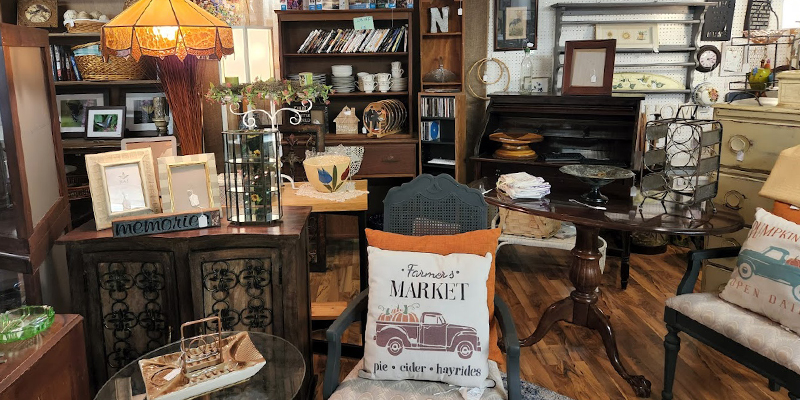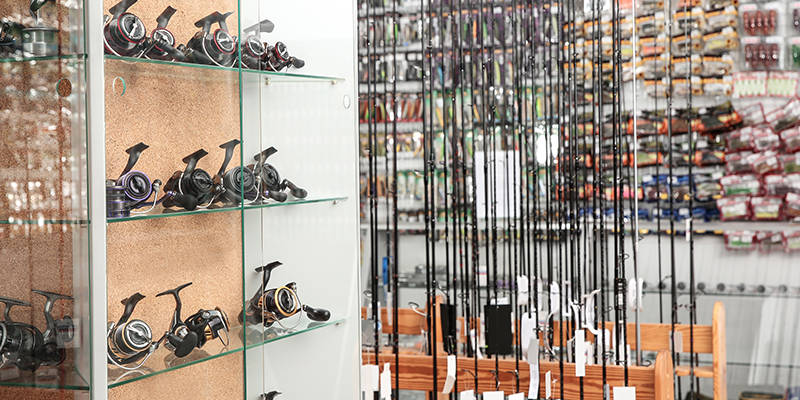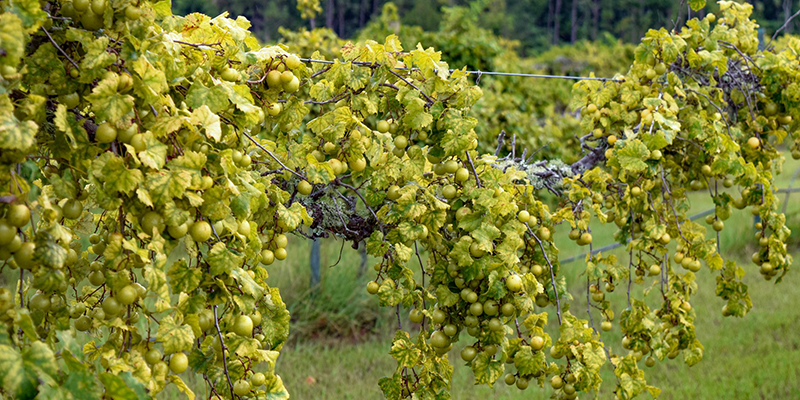HISTORY
Archaeological research has revealed that the Sneads area was rich with Native American settlements long before the arrival of the Spanish in Florida. Identified sites in the area include mounds, villages, and campsites occupied over a span of thousands of years.
Officially established in 1894, its present name honors Dr. W.R. Snead, the first dentist to settle in the area. The site was chosen near the river, then the primary means of transportation. Gabriel Smith became the first mayor in 1893 and Lewis Taylor was the first postmaster. Smith and Taylor are credited with the development of the town.
In the late 1800s, Sneads became a major center for the timber industry, with numerous sawmills and logging camps operating in the area. The town also became a hub for river transportation, with steamboats regularly traveling up and down the nearby Chattahoochee River.
In 1899, Gabriel Smith built the second mechanical water pump in the area. “He who drinks from this pump will always return.” was the belief of the pioneer families in Sneads.
In the early 1900s, Sneads began to diversify its economy, with the establishment of a variety of agricultural industries. Today, the town is known for its production of peanuts, cotton, and other crops.
The Barbara Hunt, the last original commercial paddlewheel steamboat to operate on the Apalachicola River, was sunk in 1940 near the Jackson County shore and remains there today.


